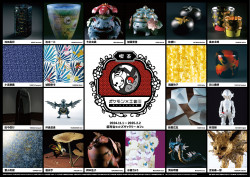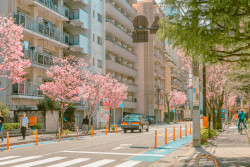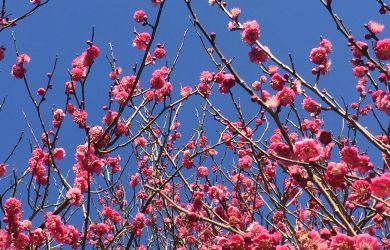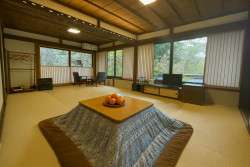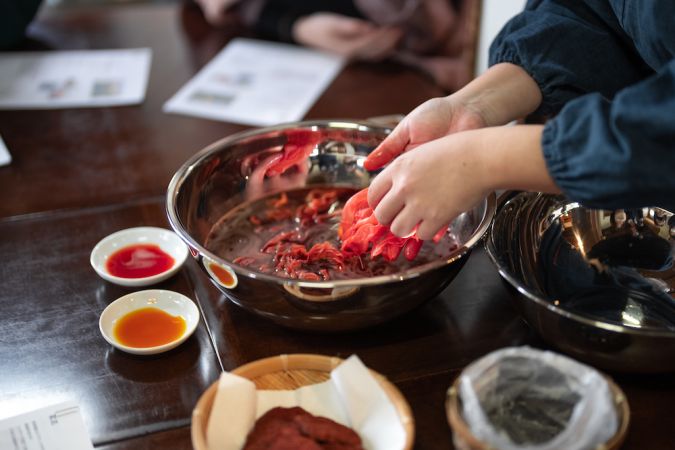
If you’re interested in learning about traditional crafts—especially before they go the way of the dinosaur—Yamagata Prefecture is one place in Japan to check out.
Whether it’s Persian rugs, washi paper, or Kashmiri gabba, every other week throws up a klaxon call for the impending demise of yet another traditional craft.
It might not seem to matter much in the grand scheme of things, but we lose a lot more than a few products when a craft disappears. Along with it goes a way of life, a slice of history and another form of beauty in an increasingly homogenous, globalised world.
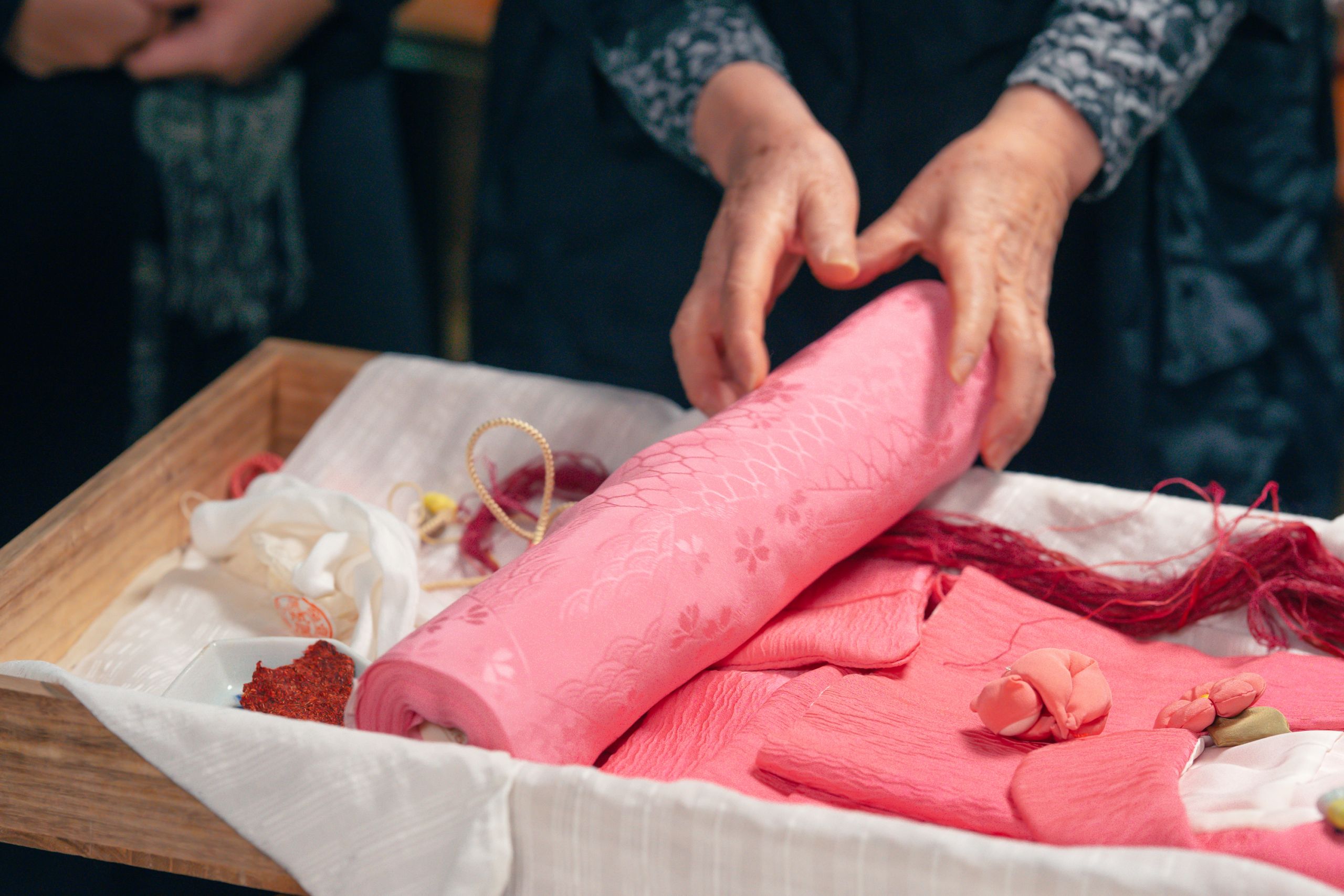
The issue for regular people is often one of access. Centuries-old studios and ateliers in rural Japan aren’t always easy to visit without insider connections. Fortunately for us, it has never been easier to do this in Yamagata than now. This is especially so if you book through a local tour operator like Hidden Japan.
Having built close, exclusive relationships with local Yamagata artisans and businesses for the last five years, this small tour operator has leveraged their network to launch ‘Old Side of Yamagata,’ a series of tours across Yamagata and Murayama cities with a focus on immersive, hands-on cultural experiences unique to the region, including traditional crafts. There are few better ways to learn about a craft than through small-scale guided workshops, as they help contextualise and humanise the experience.
“Our goal is for guests to feel that they are experiencing Japan alongside a friend or family member who lives here and is giving them an exclusive inside experience,” says Hidden Japan CEO Saori Yamashina.
We recently tried out several craft experiences alongside Yamashina in Yamagata. These three weren’t just fun, but felt especially meaningful, as though we’d forged our own links to centuries of history. Why not check them out if you’re heading north?
Weaving kimono cloth the old-fashioned way at Tomihiro
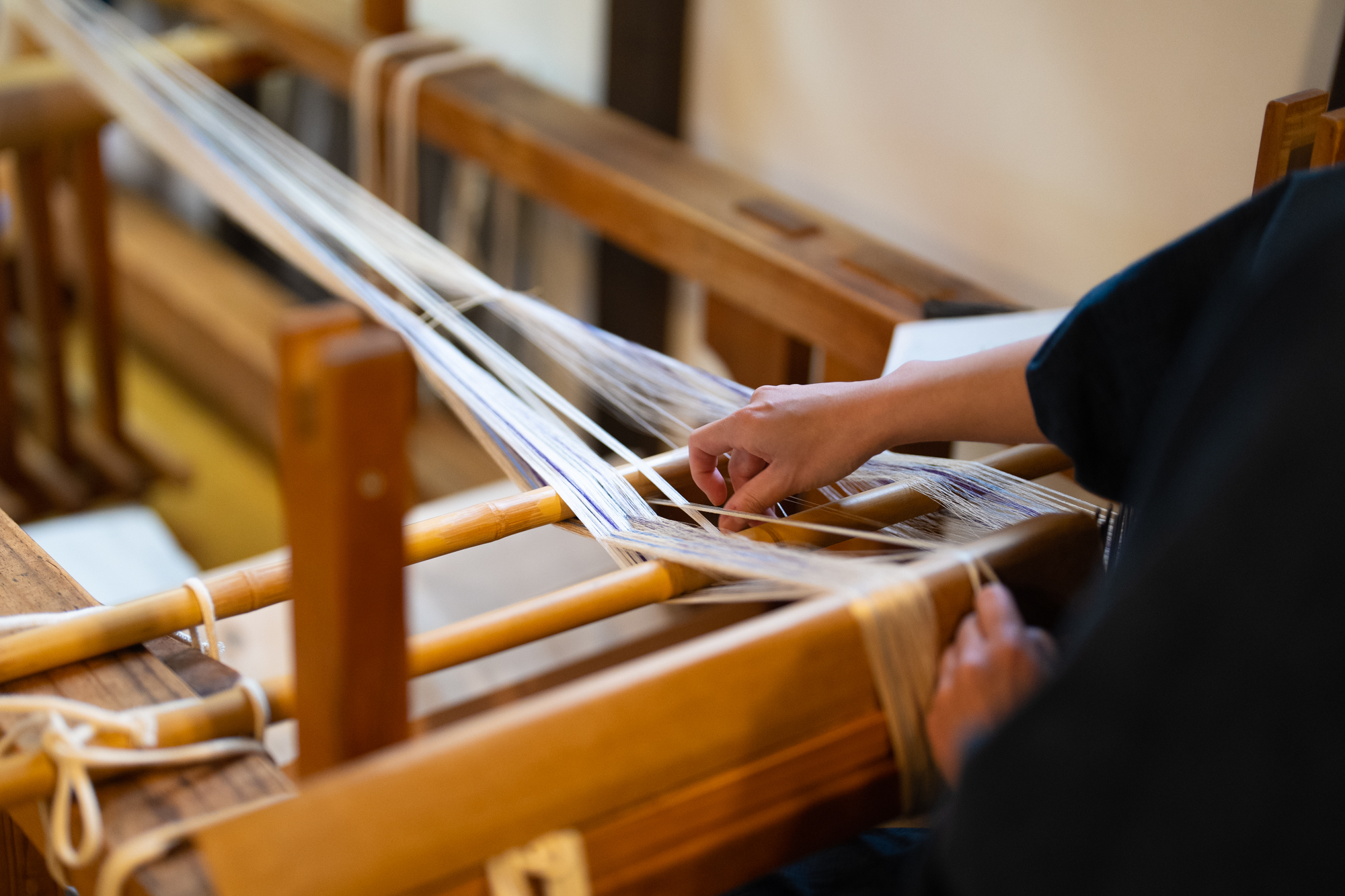
Few of us will ever need to think about how kimono cloth is made. However, for a master artisan at 26th-generation kimono atelier Tomihiro (one of Japan’s top three kimono producers), that’s all they think about every day. The setup alone is remarkable. Huge wooden foot-operated treadle looms with a dozen moving parts each, thousands of multi-coloured strings of yarn precisely, painstakingly hand-threaded to form beautiful patterns.
The actual weaving process is even cooler to watch, a stunning feat of hand-foot coordination. The craftsperson’s hands blur as they fling threaded shuttles left and right, all while working the pedals that slide the threads into place. Before our eyes, a bolt of cloth starts to take shape.
Besides learning about how a kimono is made from start to finish, part of our visit to Tomihiro includes weaving a coaster. They’ve already set up the base threads on the loom. First, we choose two colors from a selection of vibrant silk yarn. Under the guidance of one of the artisans, we learn exactly how much coordination it takes to weave cloth with pedals, shuttle and reed.
Once we get the hang of it, weaving turns out to be immensely meditative, the clack-clack-clacking sounds of the loom sending us into a peaceful flow state. Before we know it, we’ve finished weaving our coaster.
Red-handed: the art of safflower dyeing
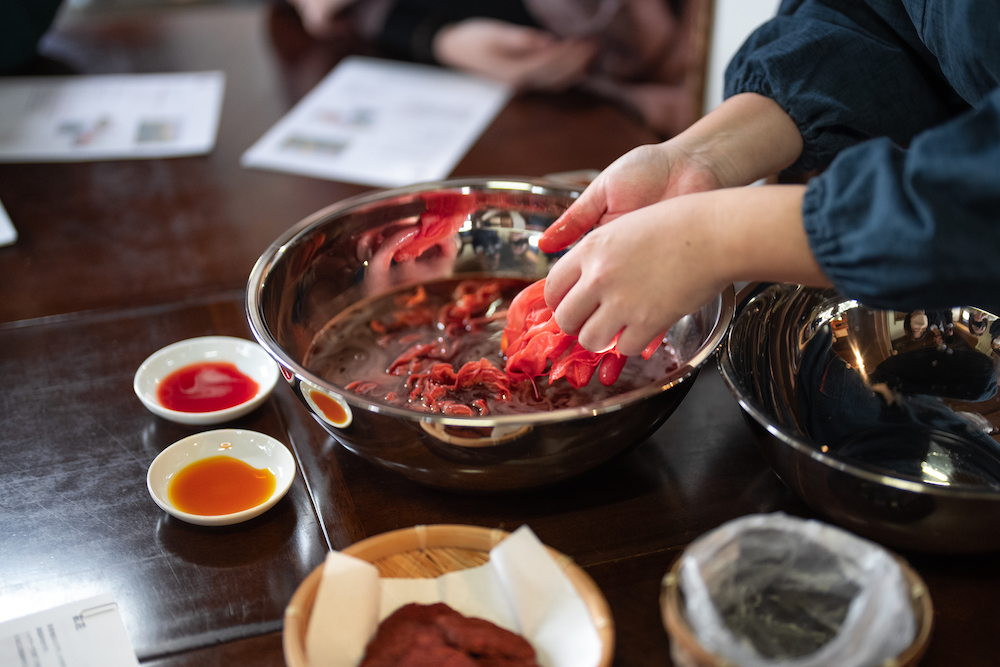
Weaving cloth is one thing, but where do the threads come from? As it turns out, the silk threads are locally made in Yamagata. They’re then dyed in-house at Tomihiro by the same artisans. Using a mix of organic materials—extracted from plants like indigo, safflower, cherry blossom branches, and more—soft silk threads transform into shades all the way from russet to sky blue.
As an alternative (or addition!) to coaster weaving, you can try out the art of benibana-zome or safflower dyeing. The latter is traditionally associated with the Yamagata area. Locally-grown golden safflowers are harvested and fermented into little red ‘cakes.’ When reconstituted in water, they yield a lustrous red dye that transforms white silk threads into shades of red and pink. These range all the way from cotton candy to blood red.
Many ways with clay: a Hirashimizu-yaki workshop
If you’re keen to extend your crafting hours, a short stumble up the road from Tomihiro’s weaving atelier is the charming little village of Hirashimizu. This is located on the edge of Yamagata City. It was once famous for its warm, elegant ceramics. Today, there are two studios in Hirashimizu still actively producing pottery with clay from Chitoseyama, the local mountain near the village.
Part of the ‘Old Side of Yamagata’ offerings include the option to take a ceramics workshop at Shichiemongama. This seventh-generation artisan kiln in the village is 150 years old. You’re not just looking at the showroom and kiln, as interesting as they are. One of their craftspeople will walk you through what they do. Using a simple standing pottery wheel, they will personally instruct you on how to make your own bowl, plate, sake cup or mug.
Making something by hand is incredibly soothing, and playing with clay is an especially therapeutic break from routine. Afterwards, they’ll fire your creation in the kiln with your glaze of choice and post it to you!
As a bonus, you can pair your ceramics workshop with a sake tasting at La Jomon, a sleek little sake boutique specialising in rare local sake, located just up the road from Shichigaemon. Your only problem will be deciding how much of your suitcase you want to fill with sake once you’re done.
For more about crafts in Japan, check out our article “Edo Arts and Crafts”.


